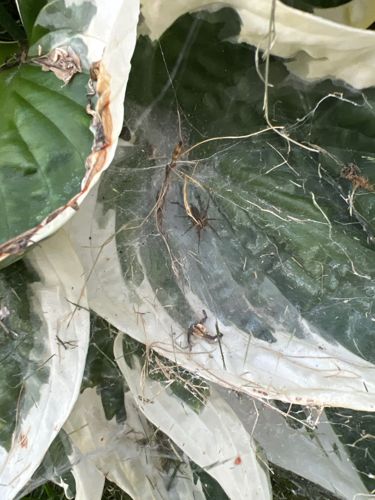Funnel-web Spider
Scientific Name: Agelenopsis or other genera within Agelenidae
Order & Family: Araneae, Agelenidae (Funnel Weavers)
Size: Body length typically 10-20 mm for females, males are usually smaller with longer legs (excluding leg span)

Natural Habitat
Found in various environments, including gardens, under rocks, logs, and leaf litter. They prefer shaded, moist areas.
Diet & Feeding
Mainly insects and other small invertebrates that get caught in their web.
Behavior Patterns
Funnel-web spiders build distinctive funnel-shaped webs, often with a retreat tube where the spider hides. They typically wait for prey to stumble onto the web, then rush out to capture it. They are generally nocturnal.
Risks & Benefits
Generally considered beneficial as they control insect populations. While many species are harmless to humans, some can deliver a painful bite if provoked. A few species, particularly in Australia (e.g., Atrax robustus), are highly venomous and pose a significant risk, but the spider in the image does not appear to be one of these notoriously dangerous species. For most species, their bite is not medically significant, though it may cause localized pain or discomfort.
Identified on: 8/26/2025